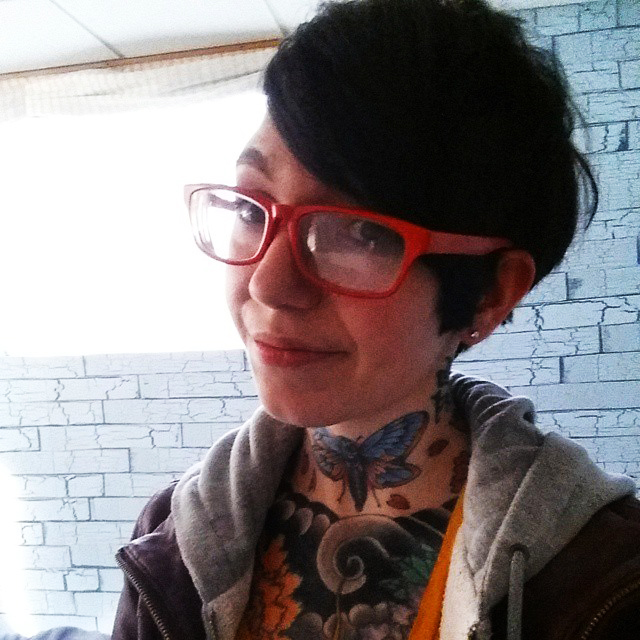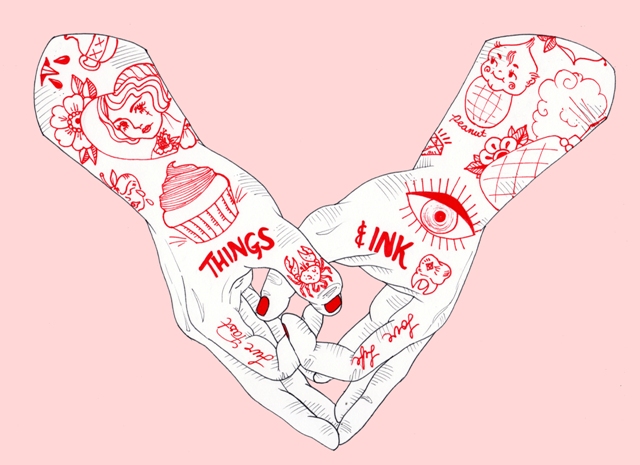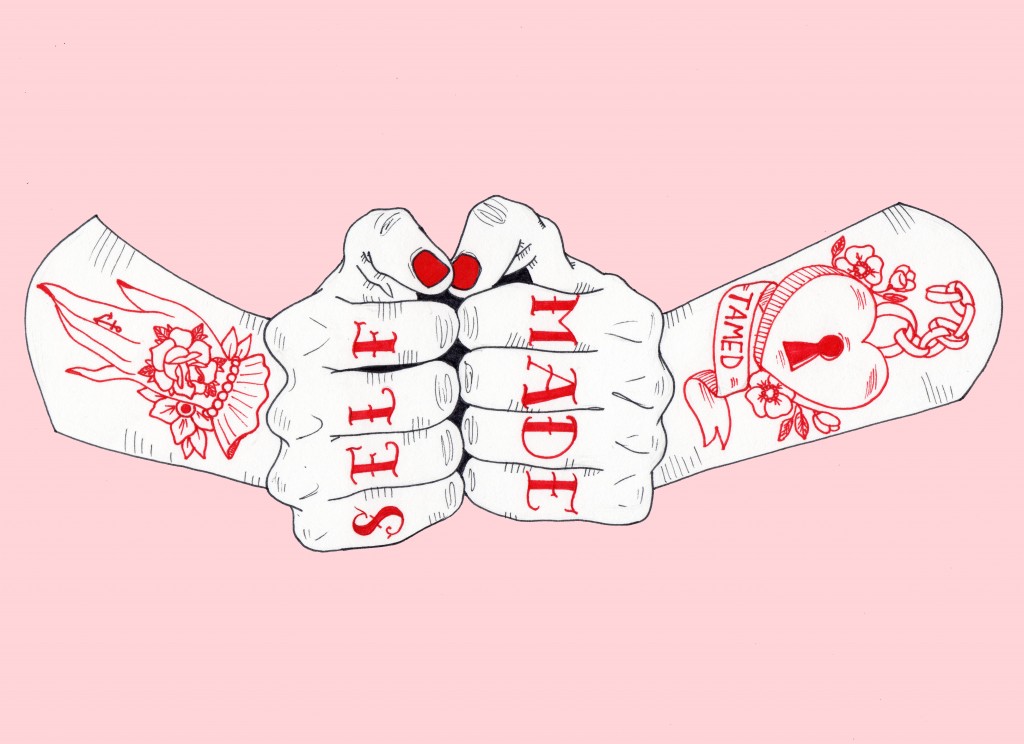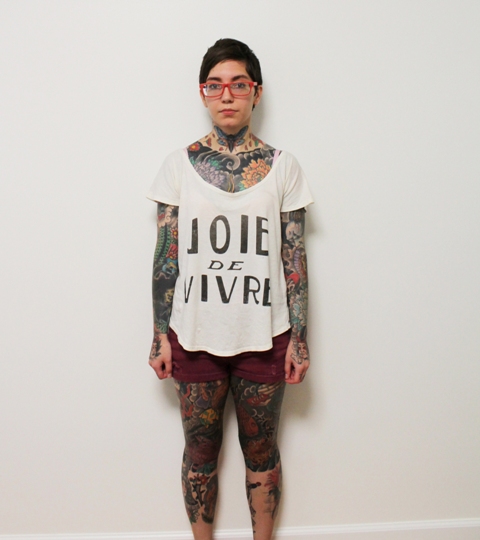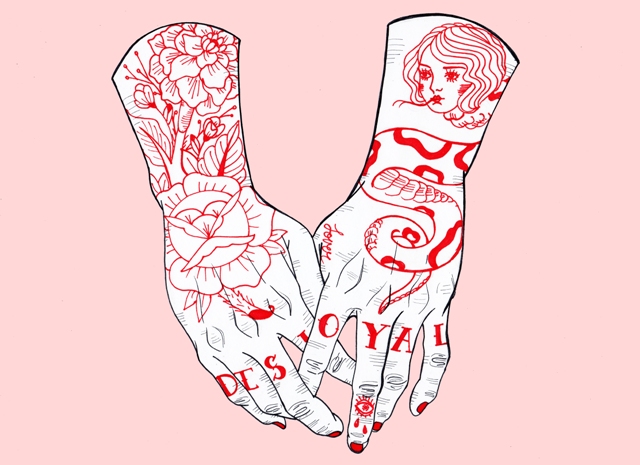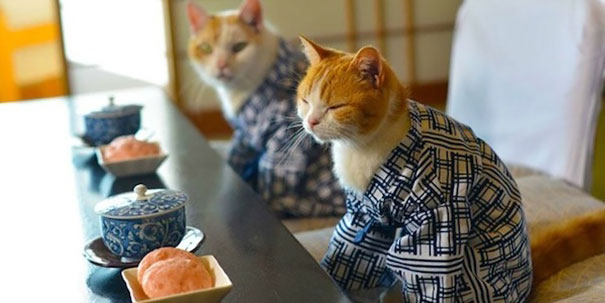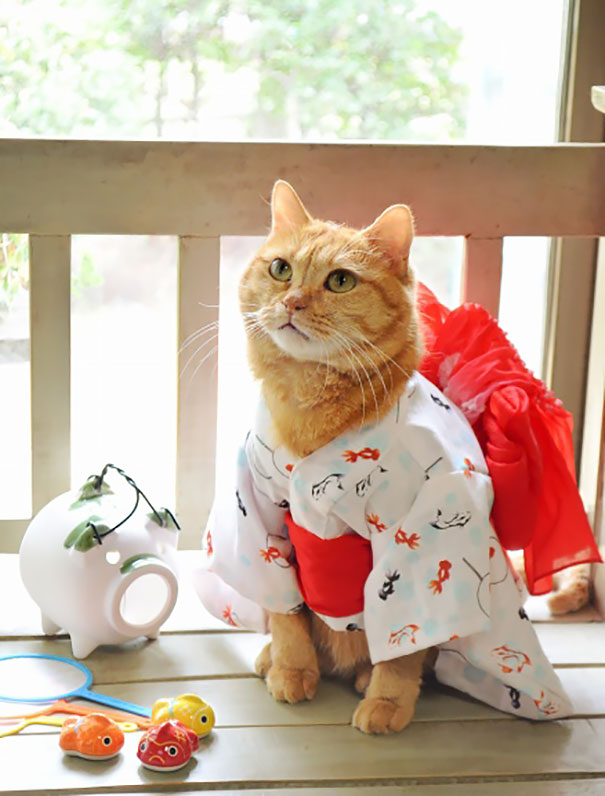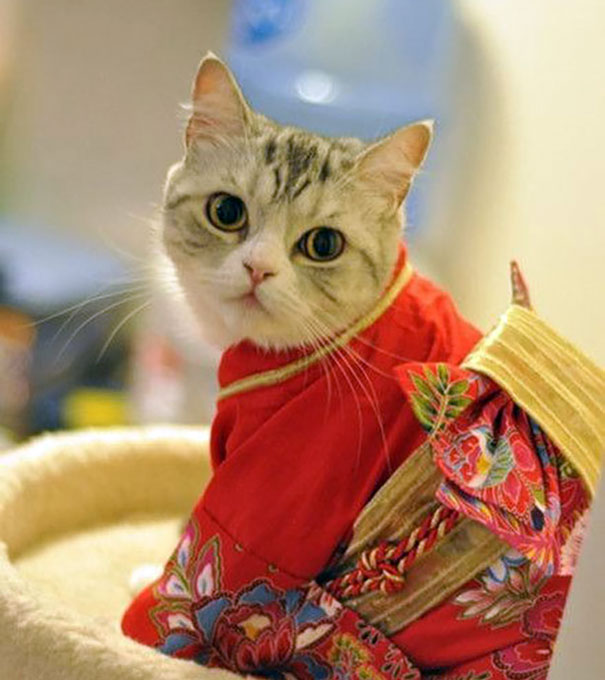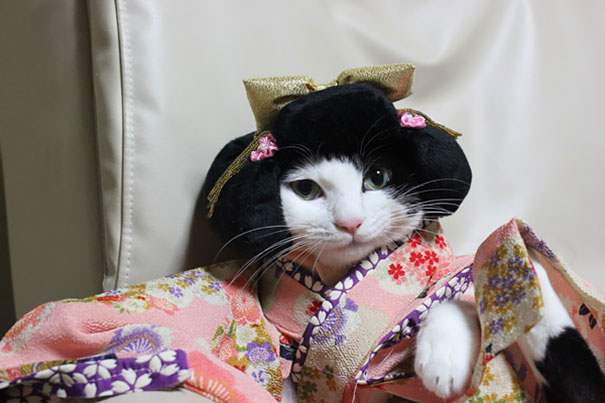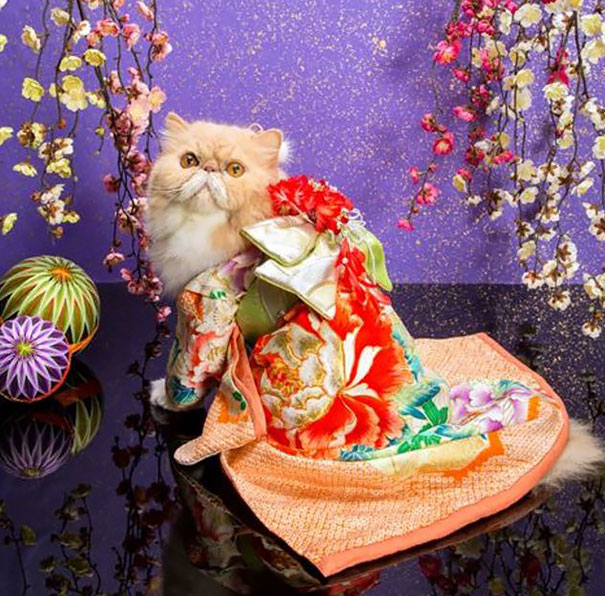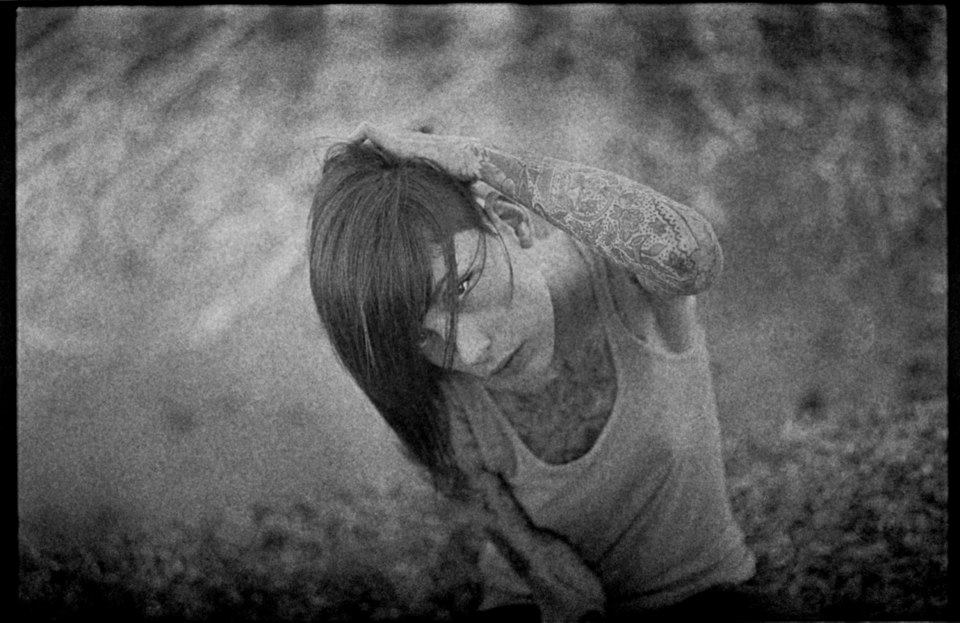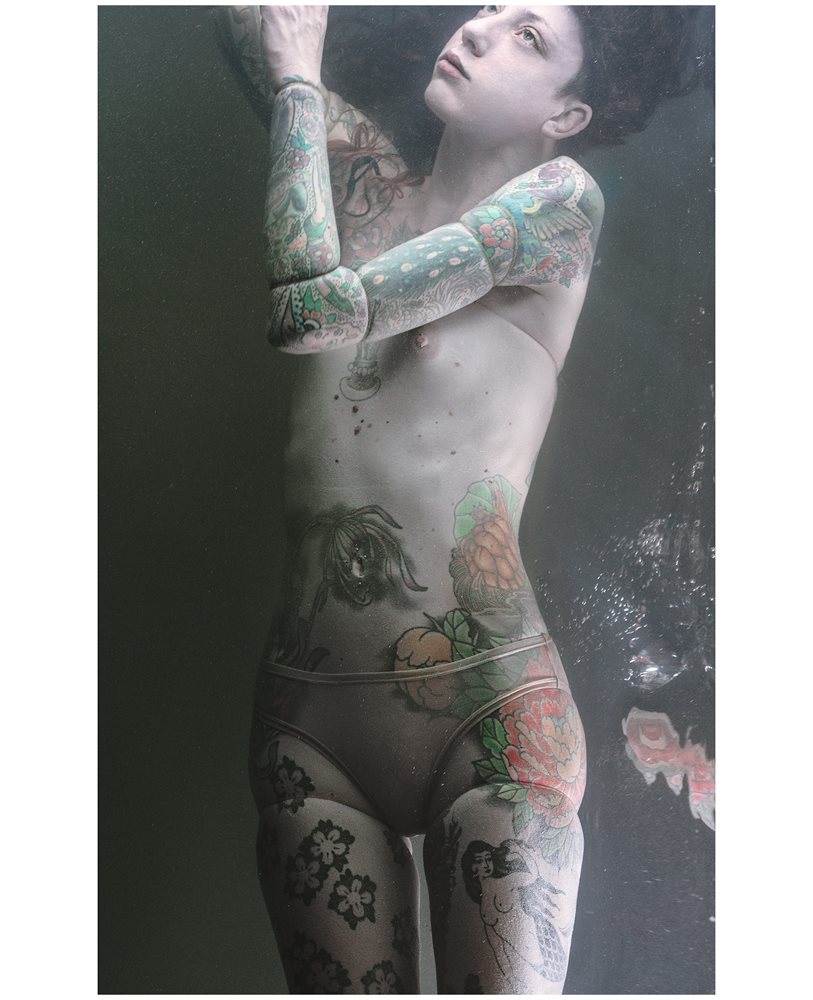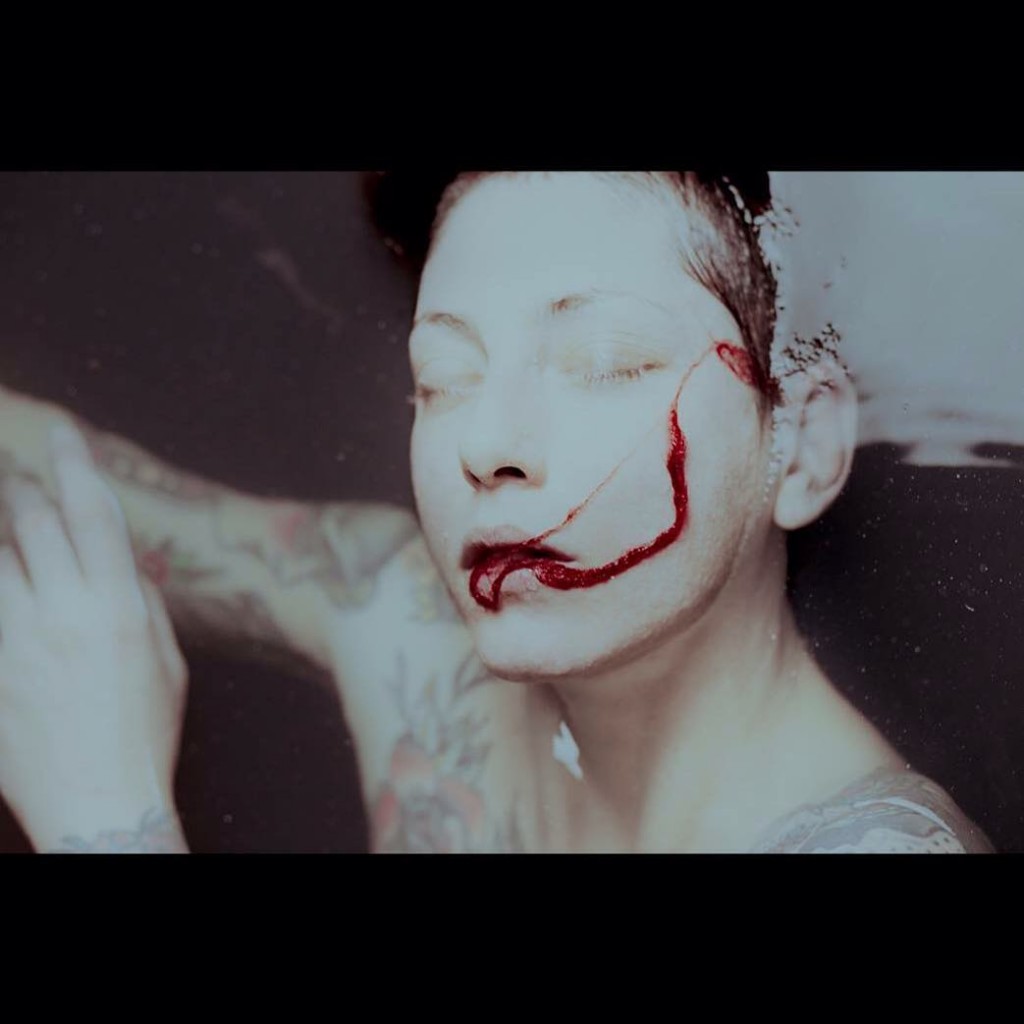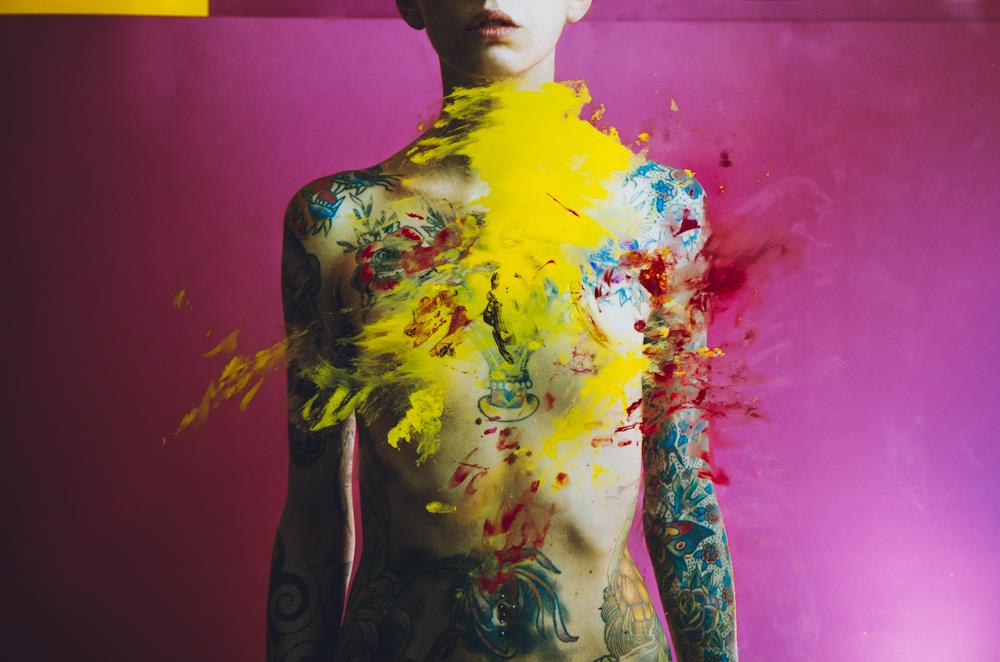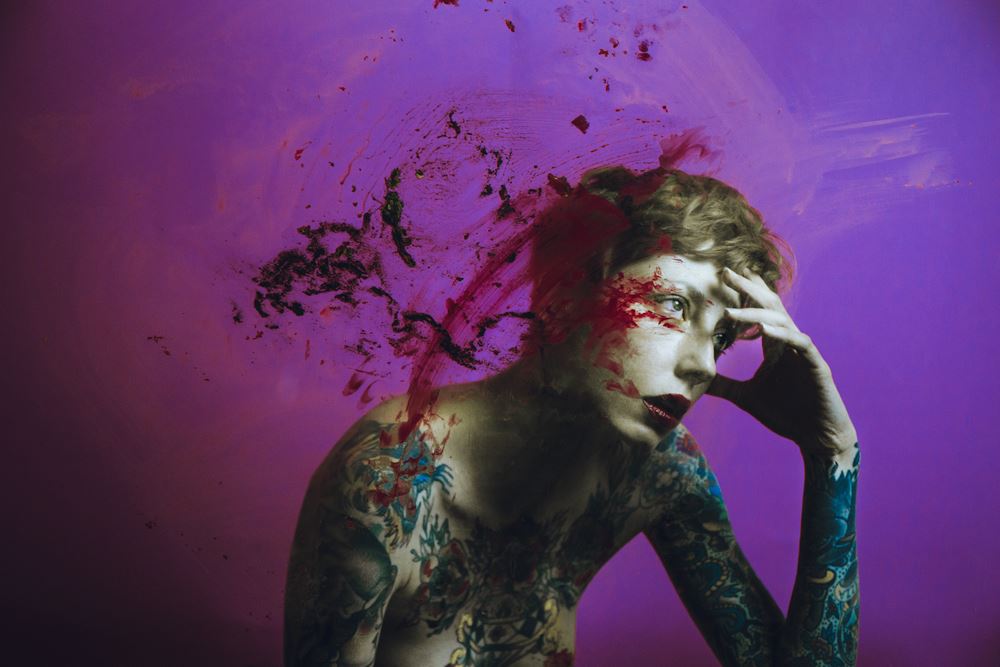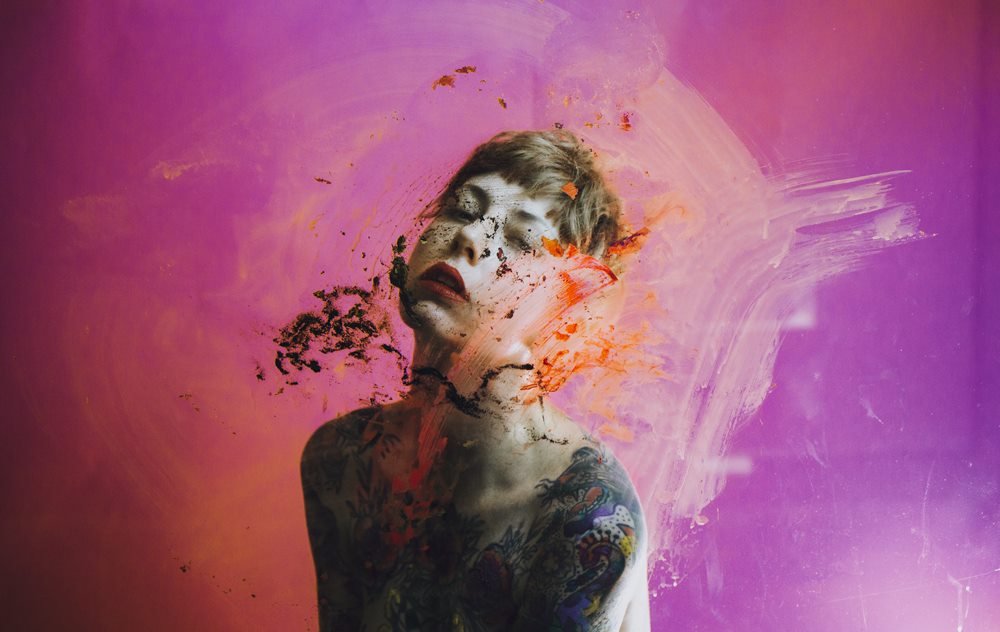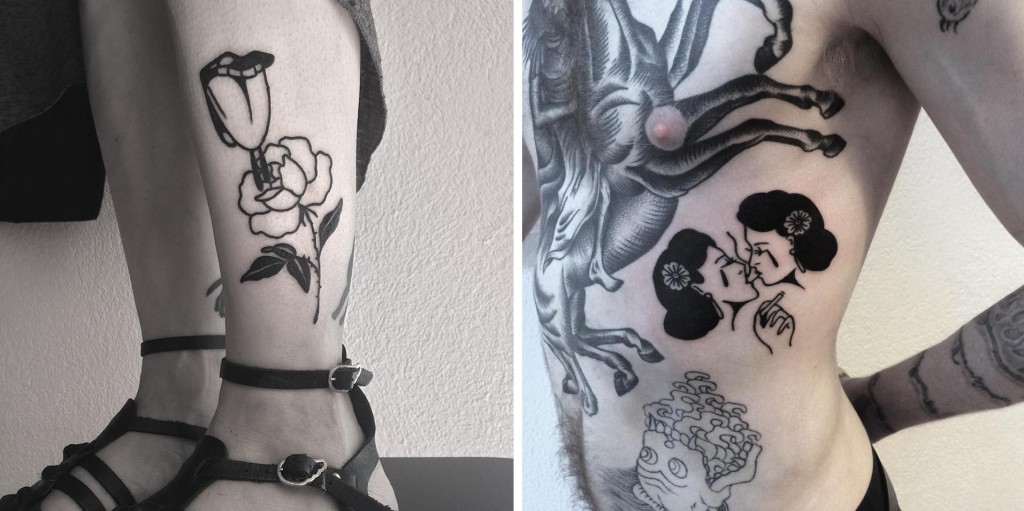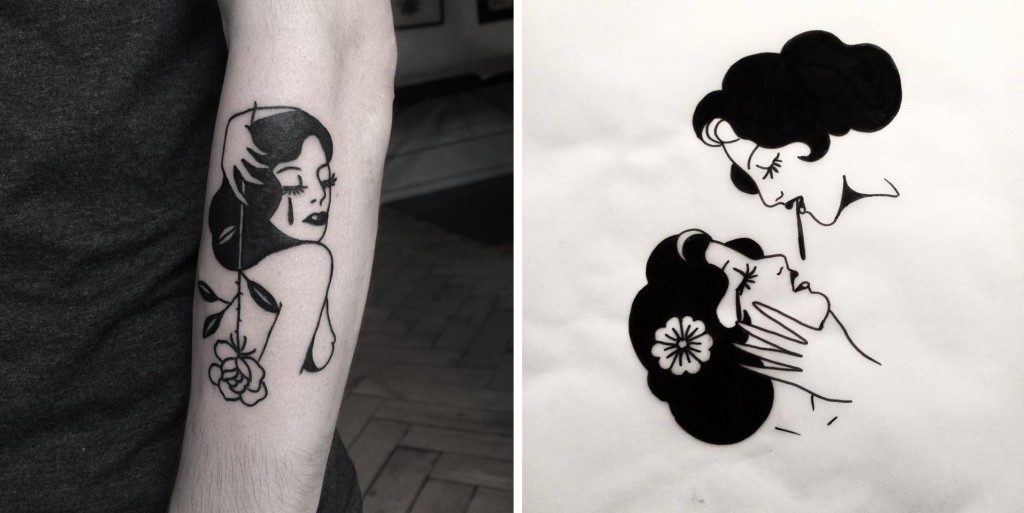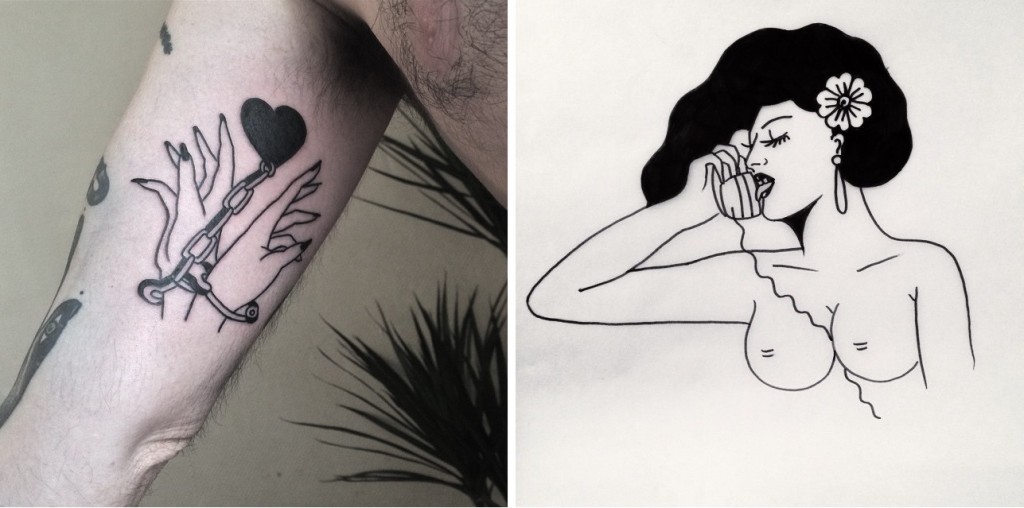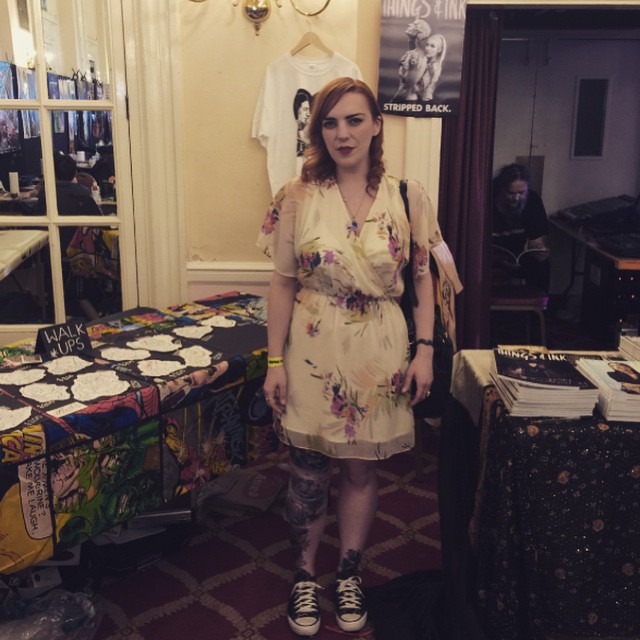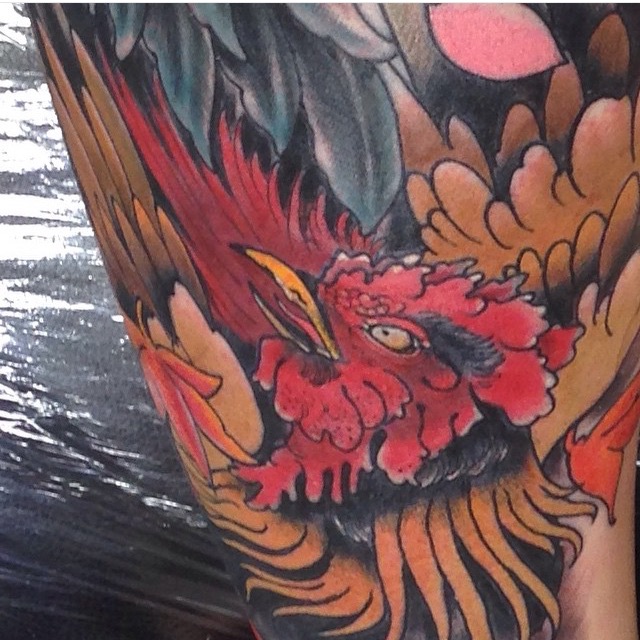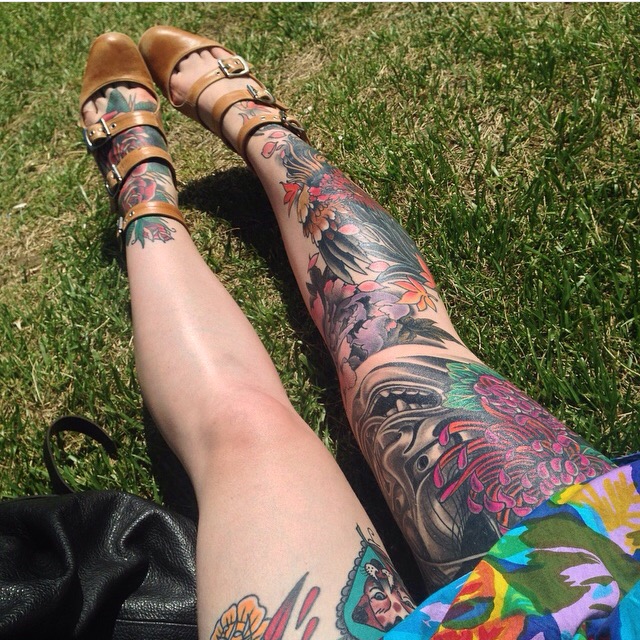Alisha Murray is a 28-year-old freelance artist from Metro Detroit, Michigan. We chatted to Alisha to find out more about her tattoo inspired illustrations, her own tattoos and she has also created an original piece inspired by Things&Ink magazine.
Do you have a background in art? Yes, I have been doing art since a very young age. It evolved as I got older and better, and even branched into crochet and the culinary arts. Ultimately, traditional artwork is the most rewarding to me. Most of the techniques I’ve learned over the years are from trial and error, but I also learned some of the fundamentals through elementary to high school, but I never went to college for it.
Where do you get your inspiration? Inspiration comes from all places. Lately tattoos both modern and traditional have been a great source of inspiration. I get a lot of inspiration from the walls of tattoo shops. I have always been drawn to flash art since I was a kid. My grandfather had some ink from the Navy and it always fascinated me and made me want to create similar pieces. As I got old enough to get tattooed, I really paid attention to details of pieces whether American Traditional or Traditional Japanese pieces. They are both styles I admire very much.
How would you describe your style? Most of my newer pieces are a fusion of tattoo flash and hand gestures. I really enjoy making hand gestures that aren’t very politically correct, but still have beautiful tattoos. It’s amazing how much people accept and appreciate some of my more obscene pieces. It makes me happy to know people are just as weird as I am. There are many tattoo artists that create beautiful hand gestures on flesh and I hope I’m doing them right on paper.
Are there any artists that you admire and that influence your work? There are so many amazing artist out there that I admire, such as Bryn Parrot and Liz Clements. Others such as Garth Hixon, Daniel Cotte, Iris Lys, Drew Linden, Anna Sandberg, and Gareth Hawkins have inspired and impacted my work immensely. Every day I see new work from these amazing tattoo artists and I can’t help but be inspired. Their talents make me want to better my work and my knowledge of the tattoo culture.
What medium do you use? I use many different mediums, but I mostly use pen and ink mixed with digital for my hand gestures. I line everything out and finish the background on Photoshop to give it a clean solid colour. Once in a while I’ll use ink and nib with liquid acrylic and watercolour to practice my line work.
Do you have tattoos? Do they have a personal meaning to you? I have many tattoos. I can’t really count them any more. I’m completely solid from my neck to my knees with traditional Japanese pieces. From under my knees down I have some American traditional pieces that I have created or my artist has. I’ve always wanted a full body suit and I’ve been working on it since I turned 18. I always embraced my grandmothers Japanese heritage and was raised learning some of the traditions. Most of these pieces I have are based on Japanese folklore monsters. I always loved the stories behind the mythology of Yurei and how each Provence has different adaptations of them. I knew it was taboo to get ink and be completely covered in tattoos, but I can’t imagine anything more beautiful that someone could do to their own body. It’s definitely the only body enhancement I will partake in. I also have matching tattoos with my husband of our two dogs that I designed. Definitely the biggest matching tattoos I’ve seen. Garth Hixon of Village Tattoo in Romeo, Michigan is the artist behind 99% of my existing body suit.
Where can people buy your art? My art can be purchased at a couple of online stores such as society6.com/alishaann, redbubble.com/people/aamurray, and my very own website, scoobtoobins.com. Society6 and Redbubble also carry my work on apparel, bedding, and more.
